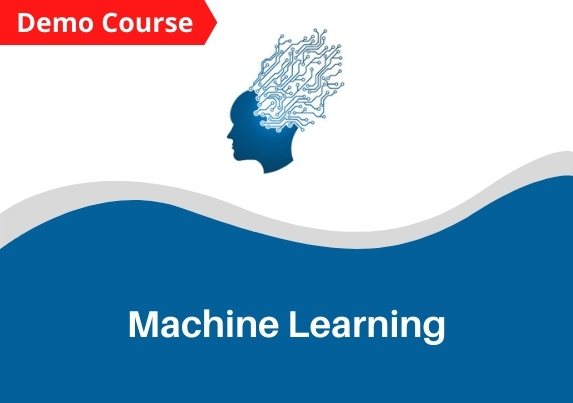About the course
This course provides a concise introduction to the fundamental concepts in machine learning and popular machine learning algorithms. The course is accompanied by hands-on problem-solving exercises in Python.
This course covers the standard and most popular supervised learning algorithms including linear regression, logistic regression, decision trees, k-nearest neighbor, an introduction to Bayesian learning and the naïve Bayes algorithm, support vector machines and kernels, and neural networks with an introduction to Deep Learning. It also covers the basic clustering algorithms. Feature reduction methods are also discussed. This course also introduces the basics of computational learning theory. Also, this course covers various issues related to the application of machine learning algorithms. This course also covers hypothesis space, overfitting, bias and variance, tradeoffs between representational power and learnability, evaluation strategies, and cross-validation.
Learning Outcomes
After completing this course, you will be able to:
- Understand the fundamental concepts in machine learning and popular machine learning algorithms.
- Understand the fundamental issues and challenges of machine learning such as data, model selection, model complexity, etc.
- Understand the strengths and weaknesses of many popular machine learning approaches.
- Understand the underlying mathematical relationships within and across Machine Learning algorithms and the paradigms of supervised and unsupervised learning.
- Design and implement various machine learning algorithms in a range of real-world applications.
- Boost your hireability through innovative and independent learning.
Target Audience
The course can be taken by:
Students: All students who are pursuing professional graduate/post-graduate courses related to computer science and engineering or data science.
Teachers/Faculties: All computer science and engineering teachers/faculties.
Professionals: All working professionals from the computer science / IT / Data Science domain.
Why learn Machine Learning?
Machine Learning lays the foundation for Artificial Intelligence. Artificial Intelligence (AI) is indeed moving tremendously. Self-driving cars are AI applications, also, Siri on your iPhone as well as Youtube’s video recommendations are AI applications. Machine Learning is the rave of the moment. Tons of companies are going all out to hire competent engineers, as ML is gradually becoming the brain behind business intelligence. Just as humans learn from experience, ML systems learn from data. So, learning ML would make you more knowledgeable in data science, and thus more attractive in the labor market. Also, there’s a potentially positive demand for ML engineers. So, it’s worth learning to have a go at the Machine learning course if you want to be a highly demanded ML professional.
Course Features
- 24X7 Access: You can view lectures at your own convenience.
- Online lectures: 22 hours of online lectures with high-quality videos.
- Updated Quality content: Content is latest and gets updated regularly to meet the current industry demands.
Test & Evaluation
1. During the program, the participants will have to take all the assignments given to them for better learning.
2. At the end of the program, a final assessment will be conducted.
Certification
1. All successful participants will be provided with a certificate of completion.
2. Students who do not complete the course / leave it midway will not be awarded any certificate.







